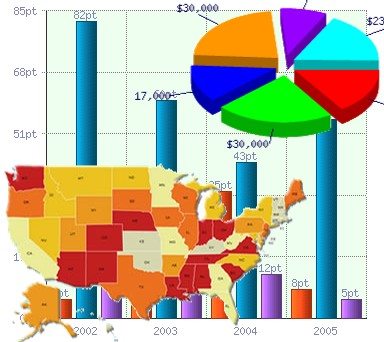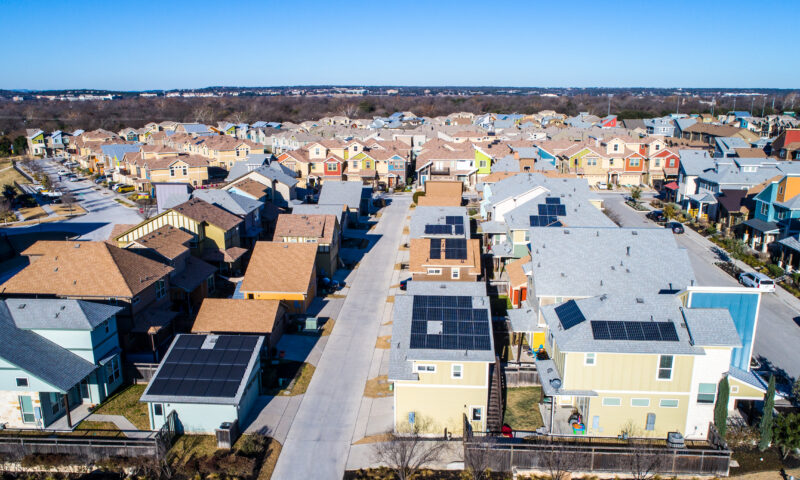Culture & Media
Perceptions Lie: Why Official Facts Don’t Always Add Up

Things are seldom what they seem. Sometimes the distance between what we think we see and what is actually there is the result of personal prejudices. Sometimes it’s influenced by a kind of factual gerrymandering created by official sources and reinforced by the media. Most vacationers, for example would choose Carnival-happy Brazil in a moment over drug war-scarred Mexico. Unless they knew that Mexico has only 11 homicides per 100,000 people while halcyon Brazil is a murder leader with 31 homicides per 100,000 – a fact that seldom appears on Rio brochures or on our own six o’clock news.
And so it is here in America, where our own perceptions of unemployment and poverty often clash with the facts. The official calculation for the number of people out of work puts it at a single-digit — nine percent — while in California it nips at the heels of 13 percent. At least, those jobless people are the ones who get counted. The government-supplied figure does not include citizens who have given up looking for work or those who fly under the radar completely and were never counted in the first place. And in selected demographics – say, African American males below the age of 30 – the unemployment rate in certain neighborhoods runs to 30 percent.
And what of the poor population? The L.A. Times and other newspapers recently pointed out that the just-released 2010 U.S. Census Bureau figures show that nearly one American in six lives below the federal poverty line, which is defined as an annual income of $22,314 for a family of four.
But that’s not the perception anyone would get by watching TV, whose images almost uniformly reflect an American that is middle class or even upper-middle class. There, we are presented to ourselves as rich or rising. No characters in a sitcom or family drama are stuck in a dead-end job – or without a job, period. No families double up on housing (unless it is one of those exposé stories that always have a happy ending). Gossip Girls never go to school hungry.
Finally, what about officially-endorsed perceptions of the cost of living? We are told that there will be no Social Security cost of living bumps because, well, this recession is delivering no inflation. In fact – we’re told again — we’ve just barely escaped deflation. Except that anyone who bought groceries recently or pumped gas in the car knows that the prices in both places aren’t down.
So the reality is that it does cost us more to live in America. But the perception – created by officialdom and reinforced by what gets written in the press and shown to us on TV screens – is just the opposite. Just as Brazil is less safe than Mexico, so does poverty run deeper than acknowledged and unemployment is spiralling higher than announced.
Apparently, to know what is really happening requires reading not just between the lines, but behind the lines.

-

 Pain & ProfitNovember 3, 2025
Pain & ProfitNovember 3, 2025Despite Vow to Protect Health Care for Veterans, VA Losing Doctors and Nurses
-

 Column - State of InequalityNovember 6, 2025
Column - State of InequalityNovember 6, 2025Congress Could Get Millions of People Off of SNAP by Raising the Minimum Wage, but It Hasn’t — for 16 Years
-

 The SlickNovember 5, 2025
The SlickNovember 5, 2025The David vs. Goliath Story of a Ranching Family and an Oil Giant
-

 StrandedNovember 7, 2025
StrandedNovember 7, 2025U.S. Deports Asylum Seekers to Southern Mexico Without Their Phones
-

 The SlickNovember 14, 2025
The SlickNovember 14, 2025Can an Imperiled Frog Stop Oil Drilling Near Denver Suburbs? Residents Hope So.
-

 Latest NewsNovember 11, 2025
Latest NewsNovember 11, 2025Photos, Video, Protests — Homeland Security Tightens Rule on Anti-ICE Activities
-

 The SlickNovember 12, 2025
The SlickNovember 12, 2025Known for Its Oil, Texas Became a Renewable Energy Leader. Now It’s Being Unplugged.
-

 Column - State of InequalityNovember 13, 2025
Column - State of InequalityNovember 13, 2025Barring a Sharp Shift, Health Insurance Costs Will Skyrocket

